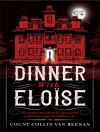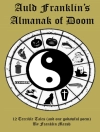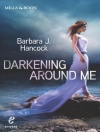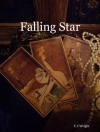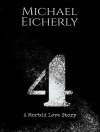In ‘Dracula’s Halloween, ‘ Bram Stoker weaves a haunting tapestry of gothic elements and chilling narratives that embody the essence of the supernatural. This lesser-known work explores the intersection of folklore and horror, as Stoker presents a vivid exploration of fear and desire through evocative prose. Imbued with his characteristic atmospheric tension, the narrative immerses readers in a world where the boundaries of reality and the supernatural blur, frequently invoking the themes of vampirism and the grotesque, which are central to Stoker’s oeuvre. Bram Stoker, an Irish author renowned for his seminal work ‘Dracula, ‘ draws on his rich background in theatre and storytelling. His deep fascination with Eastern European folklore, combined with his study of psychology and the human condition, significantly influenced his writing style and thematic choices. Influences from his personal experiences, including his travels and interactions with legends of the undead, imbue this work with authenticity and depth, capturing the zeitgeist of Victorian anxieties surrounding sexuality and identity. ‘Dracula’s Halloween’ is essential reading for enthusiasts of gothic literature and those intrigued by the psychological complexities of fear. Stoker’s masterful blending of horror and Halloween lore invites readers to confront their deepest fears while reveling in the thrill of the dark unknown. This enchanting novella is not just for Halloween; it is a timeless exploration of humanity’s most primal fears that beckons to be revisited.
Sobre el autor
Bram Stoker (1847-1912) was an Irish author, best known for his gothic masterpiece Dracula, which has become a seminal work in the horror genre and substantially influenced popular culture’s perception of vampires. While ‘Dracula’s Halloween’ is not among his renowned titles, it may be a posthumously published or derivative work inspired by Stoker’s mythos. Stoker’s writing career developed alongside his role as a theatre manager and personal assistant to the famous actor Henry Irving. His literary style often unfolded in the epistolary form, employing letters, diary entries, and newspaper articles to build suspense and a sense of realism, a technique deftly used in ‘Dracula’ (1897). Despite the dominance of ‘Dracula’ in his oeuvre, Stoker wrote other novels and short stories, such as ‘The Jewel of Seven Stars’ and ‘The Lady of the Shroud’, which also delve into elements of the supernatural and the uncanny. His works reflect the anxieties and interests of the Victorian era, from questions of identity to the clash between modernity and ancient superstitions. Stoker’s influence extends beyond literature into the realms of film, television, and theater, affirming his status as a towering figure in gothic fiction.




